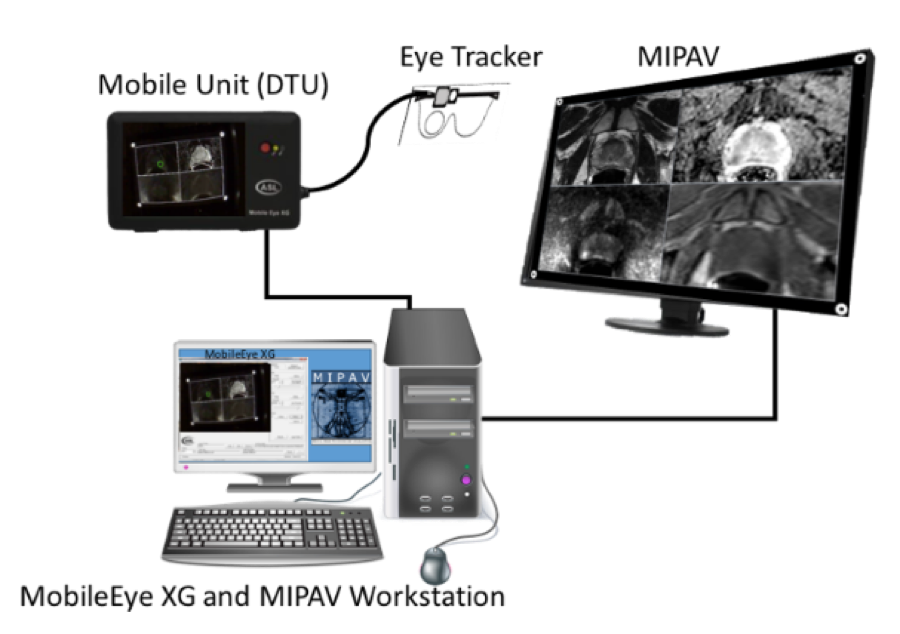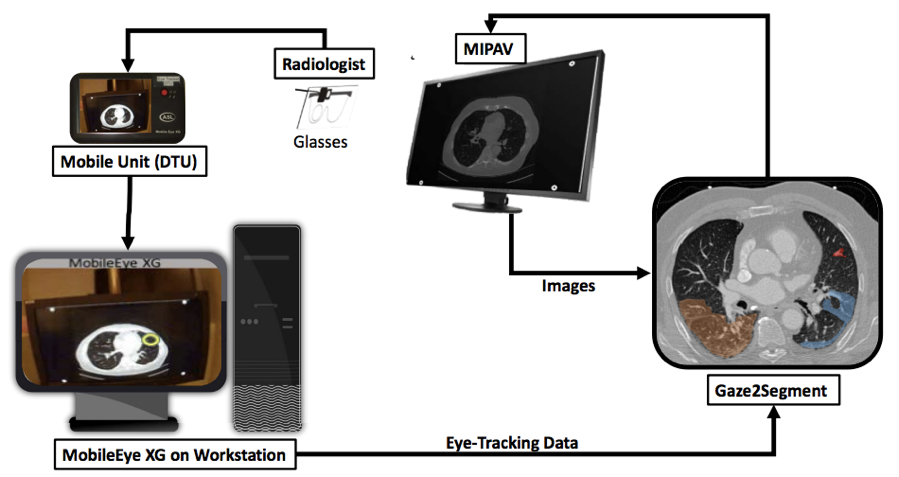EYE TRACKING SYSTEM FOR CANCER DETECTION
PROJECT COLLABORATORS
NCI, Molecular Imaging Program:
Peter Choyke (MD, Chief, Director), Baris Turkbey (MD)
NIH, Clinical Center, Center of Interventional Oncology:
Brad Wood (MD, Chief, Director), Haydar Celik (PhD)
Center of Research in Computer Vision, University of Central Florida:
Ulas Bagci (PhD)

